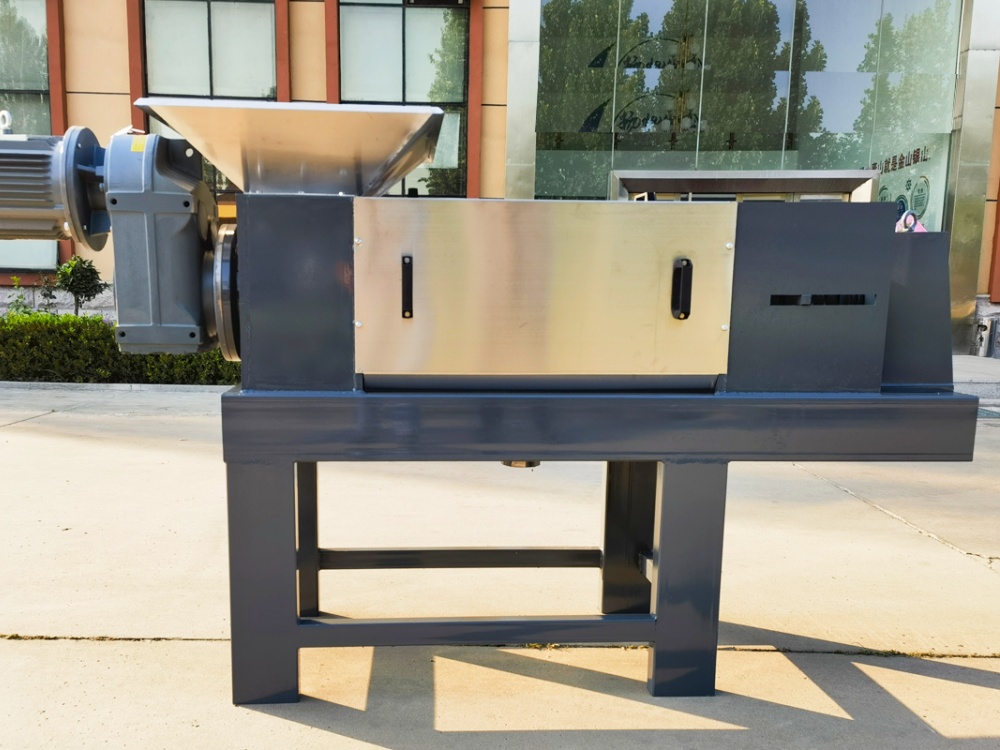
Introduction:
Hemp, a versatile and sustainable crop, has gained increasing popularity for its various applications, including textiles, paper, and construction materials. The efficient processing of hemp fibers plays a crucial role in unlocking the full potential of this renewable resource. In this article, we explore the key components of hemp fiber processing equipment, highlighting their significance in the industrial production of high-quality hemp fibers.
Decortication Machines:
Decortication is the initial step in hemp fiber processing, involving the separation of the outer bast fibers from the inner woody core (hurd). Specialized decortication machines are designed to accomplish this task efficiently. These machines use mechanical processes to break down the hemp stalks and extract the valuable fibers.
Retting Tanks:
Retting is a process that separates the fibers from the hemp stalks by promoting microbial and enzymatic activity. Retting tanks are containers where the harvested hemp stalks are soaked in water or specific solutions to facilitate the separation of fibers. Modern equipment includes automated retting tanks that ensure controlled and uniform retting for consistent fiber quality.
Drying Systems:
After retting, the fibers need to be dried to remove excess moisture. Hemp fiber drying systems use a combination of heat and airflow to achieve optimal moisture levels, preventing mold and ensuring the fibers' suitability for further processing. Efficient drying is essential for maintaining the integrity and strength of the fibers.
Cleaning and Carding Machines:
Cleaning machines remove impurities such as dust, leaves, and small particles from the hemp fibers. Carding machines then align and parallelize the fibers, preparing them for spinning. Advanced carding equipment enhances the quality and uniformity of the fibers, contributing to the production of high-grade hemp textiles.
Spinning Machines:
Spinning is the process of twisting and drawing out the cleaned and carded hemp fibers to form yarn. Specialized spinning machines, adapted for hemp fibers, ensure the production of strong and durable yarns suitable for various applications. These machines play a pivotal role in determining the characteristics of the final hemp textile product.
Weaving and Knitting Equipment:
Weaving and knitting machines transform hemp yarns into fabrics with diverse textures and patterns. These machines contribute to the versatility of hemp textiles, making it possible to create a wide range of products, from sturdy canvas materials to soft and comfortable clothing.
Conclusion:
Investing in state-of-the-art hemp fiber processing equipment is crucial for maximizing the value of hemp as a sustainable resource. The evolution of technology in this field continues to improve efficiency, reduce environmental impact, and expand the range of hemp-based products. As the demand for eco-friendly alternatives grows, the role of advanced processing equipment becomes increasingly significant in unlocking the full potential of hemp fibers.
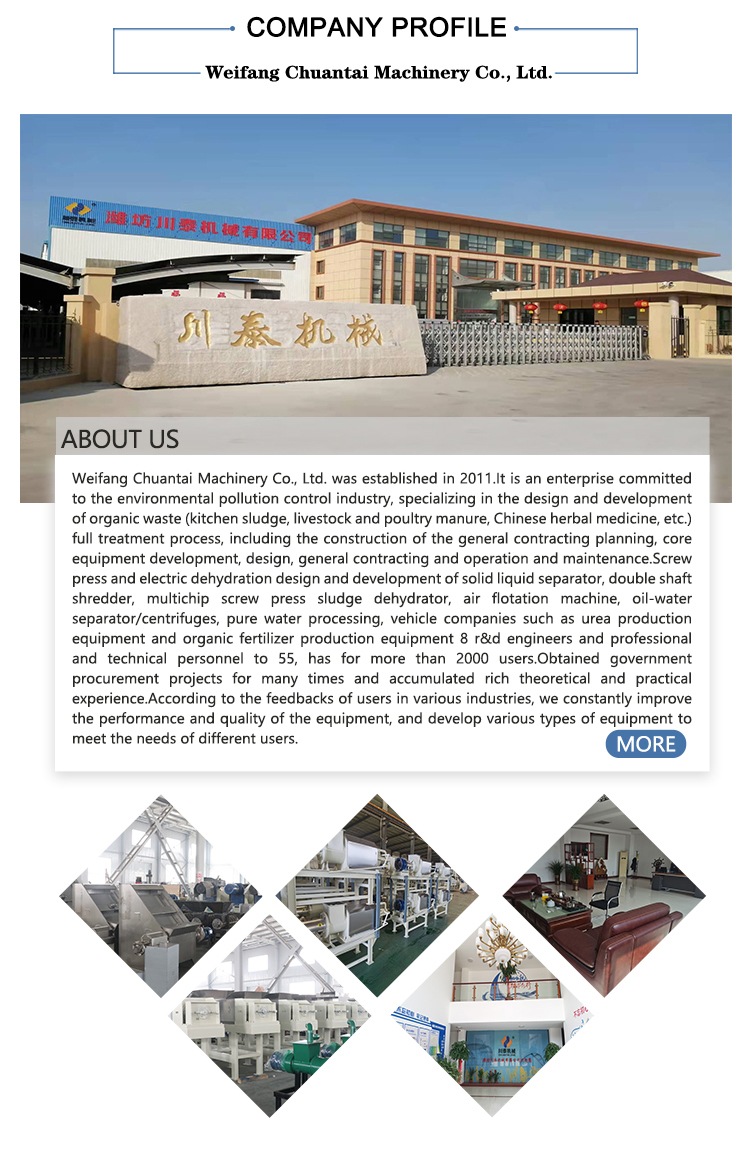
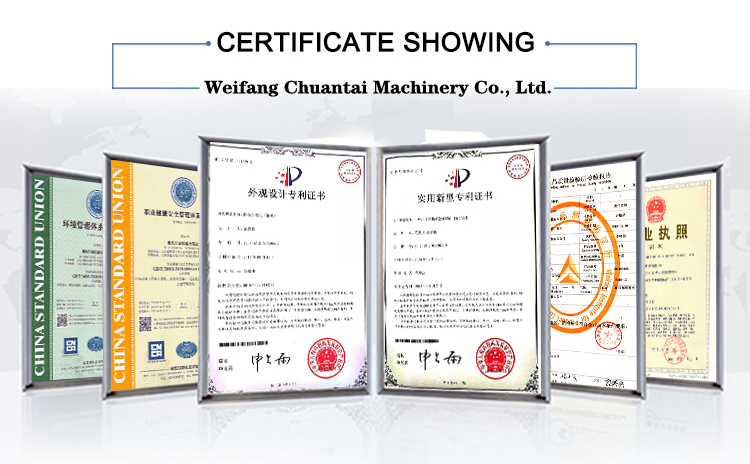
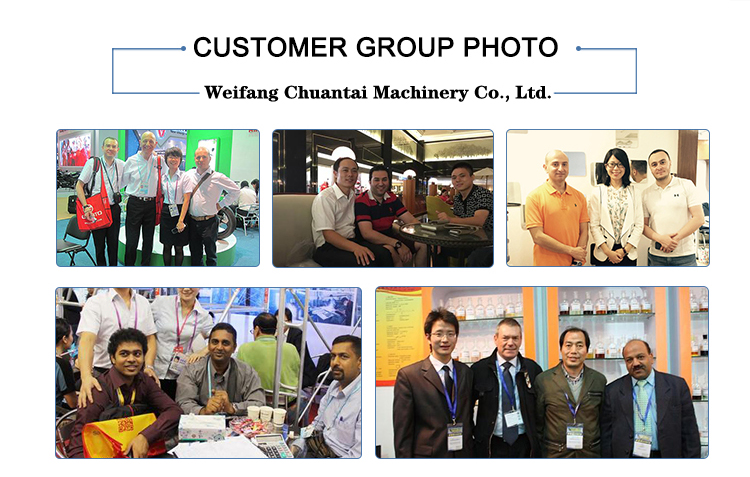
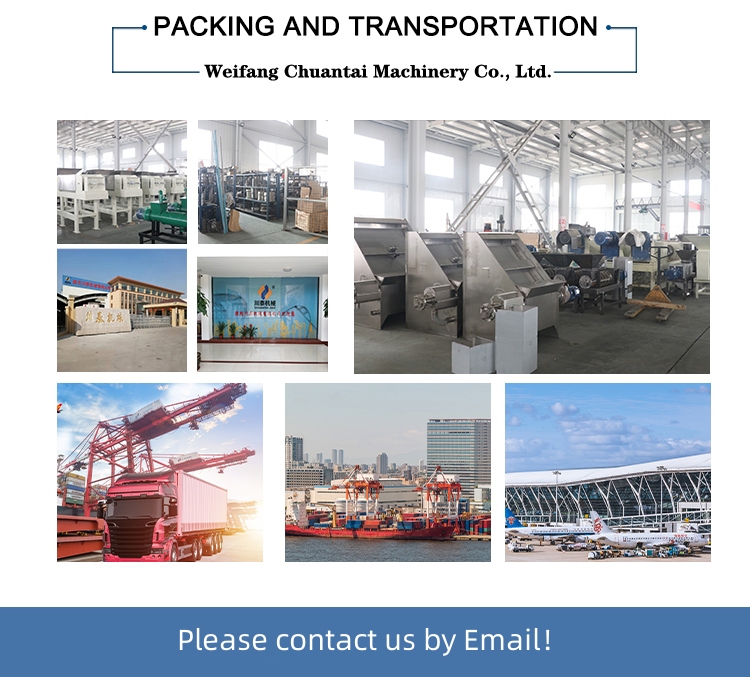
If your company wants to establish a business relationship with us, please briefly describe the cooperation intention and send an email to:chuantaiscrewpress@gmail.com

